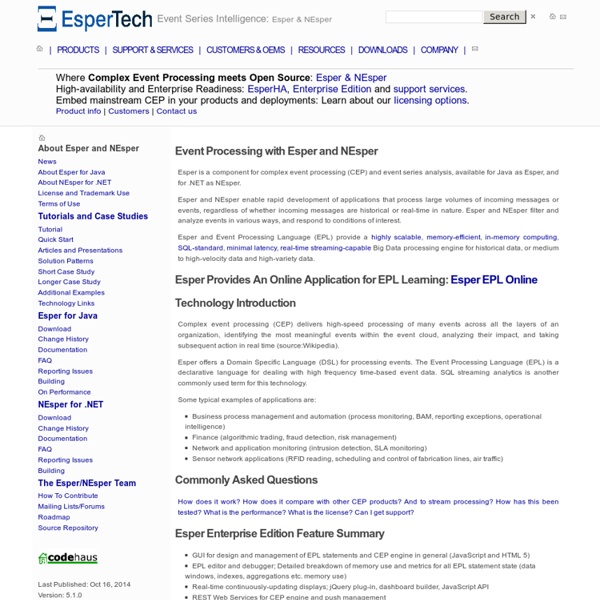



Decision Management - a Weblog Application Development State-owned enterprises (SOEs) in China face a quickly changing competitive landscape — one that their existing technology strategies can’t keep up with. To address this challenge, organizations are migrating from earlier-generation BI architectures, technologies, and organizational structures to new models and approaches. My “Chinese State-Owned Enterprise Targets Improved Agility” report, scheduled to appear later this month, describes the experience of a typical large Chinese SOE, the China National Cereals, Oils, and Foodstuffs Corporation (COFCO), which leveraged a BI-led program to jump-start the transformation of its technology management capabilities. COFCO is China’s largest supplier of agricultural and food products and services, including oils, rice, wine, tea, and various other products, and is expanding into real estate, shopping centers, and other industries.
Business Process In developing a technology strategy for your organization, what will be your basis for deciding which technologies to pursue, when to pursue them, and how to implement them? In other words, what will be the foundation for your technology architecture and strategy? In considering this question, I assume we agree that technology strategy should directly support improvement of business outcomes, both now and over the long haul. To provide for the long haul, your technology architecture and strategy must be crafted to support a continuous stream of business change, both small incremental steps and large radical shifts. Your strategy could begin with a list of hot technologies — perhaps even ones that business colleagues are clamoring for — but how would you know which of them would lead to the most important improvements in business outcomes? (a) Aligns best with the ways that business leaders conceive, plan, execute, and measure improvements to business outcomes,
ØMQ Blog Installing ZeroMQ and Java bindings on Ubunu 10.10 - 7 February 2011, 11:21 - by martin_sustrik - Comments: 0 "For some times now, I'm following the slow evolution of AMQP toward it's 1.0 release. In the trip, one traveler decided that the road was far too long, and complex, and choosed to take its independence: ZeroMQ is living its own adventure for some times now. Python Multiprocessing With ØMQ - 3 February 2011, 10:11 - by martin_sustrik - Comments: 1 As I was going over the various python code examples at github, I became interested in the taskvent / tasksink / taskwork examples. ØMQ And QuickFIX - 1 February 2011, 22:29 - by martin_sustrik - Comments: 3 Niki Bowe has a nice blog showing how to integrate ØMQ with QuickFIX to distribute market data (stock quotes): Read more here. "I've downloaded 0MQ and decided to give it a spin.
Blaze advisor tutorial - Zahid Shaikh